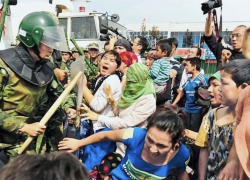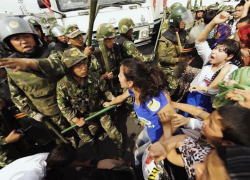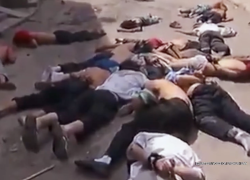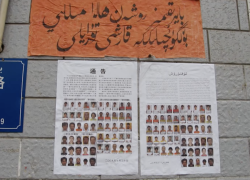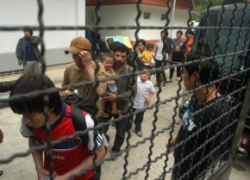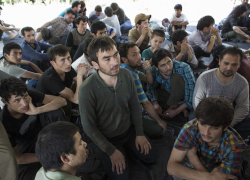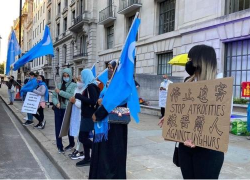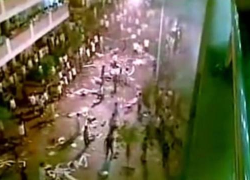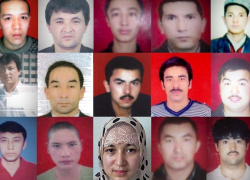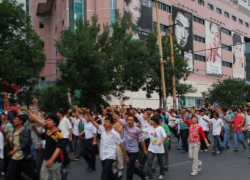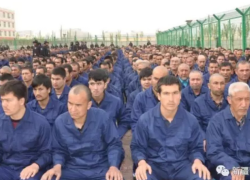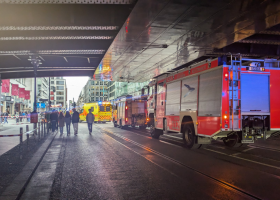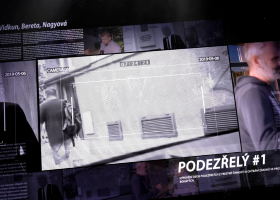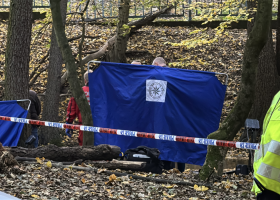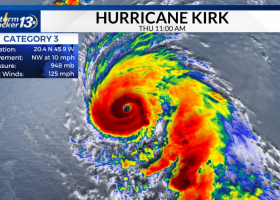-
The Urumqi Massacre: Historical Background and Consequences
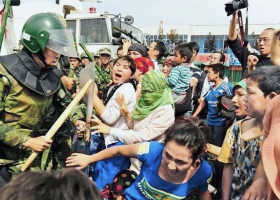
© Voice of Uyghur The Urumqi massacre represents one of the darkest moments in modern Chinese history. This tragic incident, which took place on July 5, 2009, resulted in the deaths and injuries of hundreds of people and significantly affected interethnic relations in China.
Historical background
Urumqi, the capital of the Xinjiang Autonomous Region, is home to a diverse mix of ethnic groups, including Uyghurs, who are predominantly Muslim, and Han Chinese. Tensions between these groups have a long history, dating back to the period of Chinese rule over the region.
Rich in natural resources, Xinjiang has become strategically important territory for the Chinese government. The immigration of Han Chinese in recent decades and the cultural and economic marginalization of the Uyghurs have led to growing tensions and discontent among the local population.
Course of events
The Urumqi massacre was the result of a series of violent clashes that began as a peaceful demonstration by Uyghurs protesting against alleged injustice and discrimination. The demonstration was a response to a previous incident at a factory in southern China, where a fatal attack on Uyghur workers took place.
On July 2, 2009, thousands of Uyghurs gathered in central Urumqi to express their discontent. The protest quickly escalated into violent clashes between Uighurs, Han Chinese and security forces. Within hours, the city had turned into a battlefield, with casualties on both sides.
Official Chinese sources say that 197 people were killed and more than 1,700 injured during the riots. However, Uyghur sources say the death toll was much higher and that Chinese authorities suppressed the actual figures.
Aftermath
The massacre in Urumqi had far-reaching consequences not only for the people of Xinjiang, but also for the entire Chinese state. The government has increased security measures in the region and introduced tough control mechanisms to prevent further unrest. Xinjiang has become one of the most monitored and controlled places in the world, with extensive use of CCTV and digital surveillance.
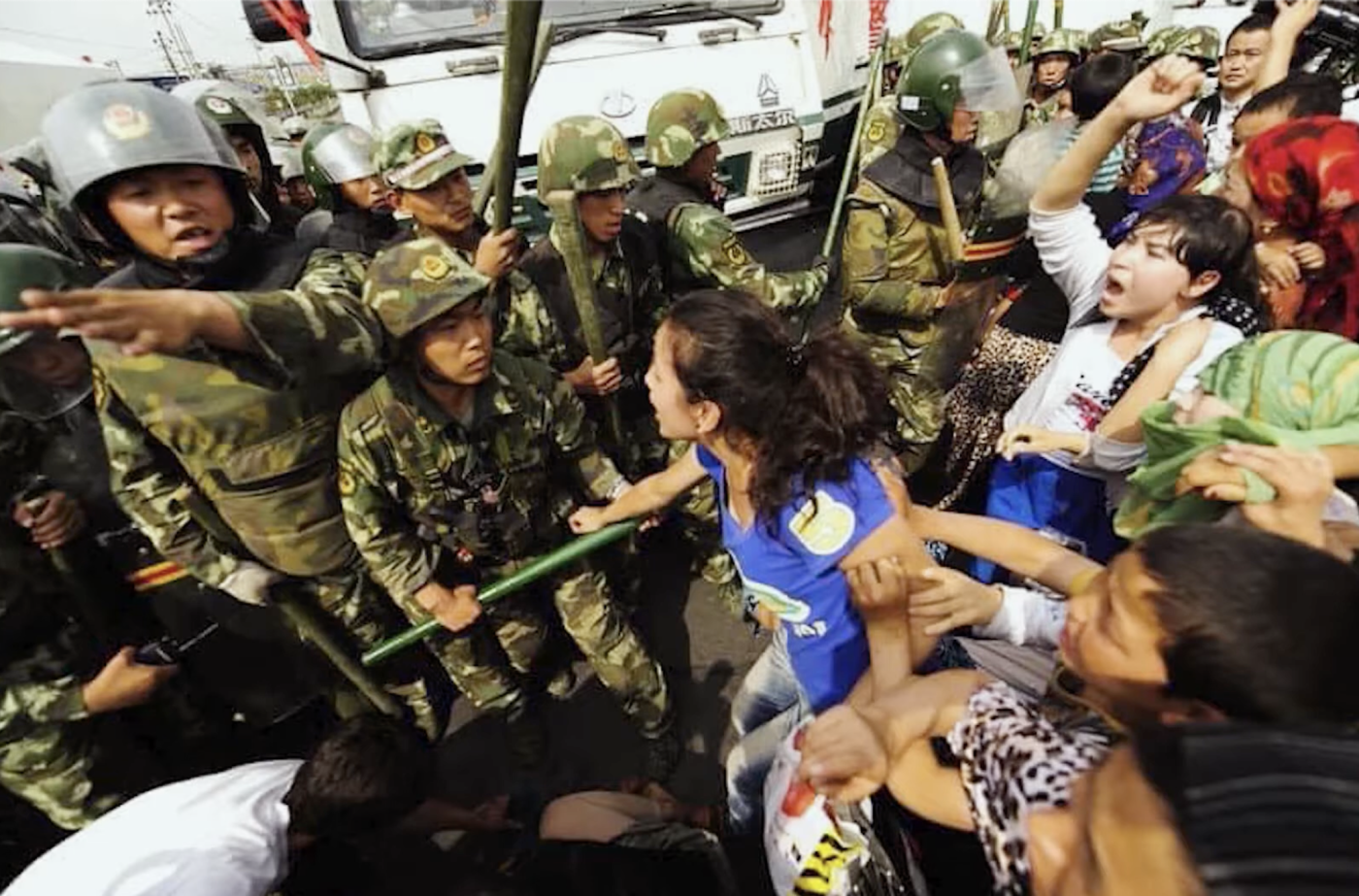
Violence and repressive measures have further deepened the gap between Uyghurs and Han Chinese, leading to continued tensions and discontent. International human rights organisations have repeatedly drawn attention to human rights violations in the region and called for greater transparency and justice.
Conclusion
The Urumqi massacre remains a painful reminder of ethnic tensions and complex relations between different groups in China. The events of July 5, 2009 show how easily peaceful protests can escalate into violence if they are not properly addressed.
A major critic of the Chinese system and the genocide of the Uyghurs by the Chinese authorities is the president of the World Uyghur Congress, Dolkun Isa. In aktu.cz, he admitted in an interview that he had no information about his family, who were in communist China and had even been listed as terrorists for several years. Isa himself then tries to convince the whole world of the danger of communist China, which, for example, shut down the internet and social networks at the time of the massacre in Urumqi.
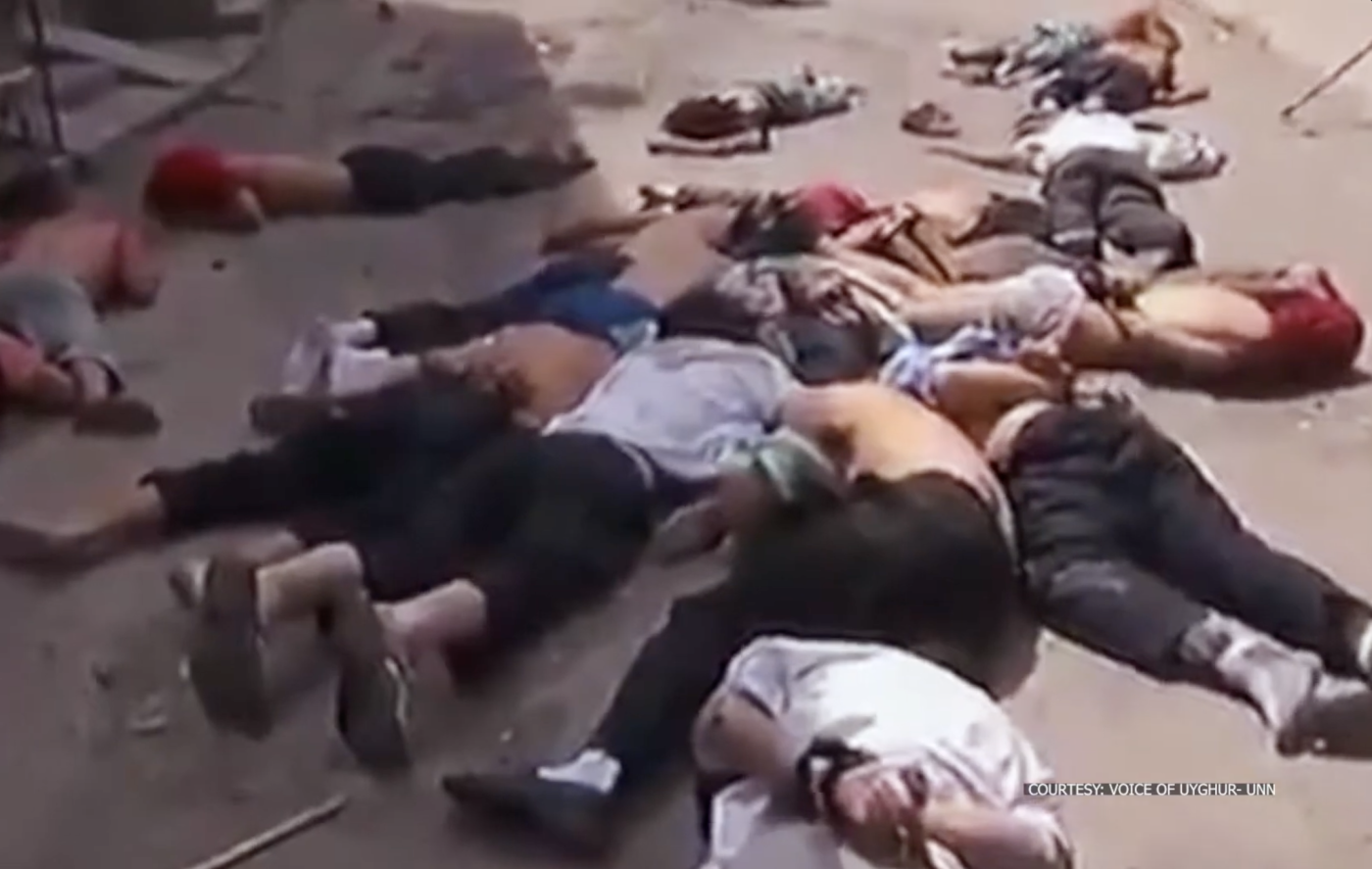
Despite this, a few shots and photos of the massacre have been made public. He describes the methods of Communist China as very dangerous not only for minorities in China, but also for the whole world, where China is trying to significantly influence world events despite its economic interests.
Diskuse


